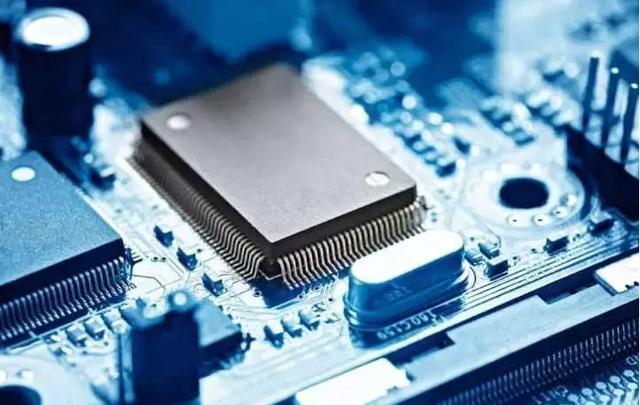
Japan, known for its advanced electronics industry, was once one of the pioneers of the global chip industry. However, today's Japanese chip industry has been difficult to repeat the glory of the past, Chip in the world has gradually reduced its presence. The ups and downs of the industry reflect the big changes that Japan has undergone over the past few decades. In the 1970s, Japan is experiencing rapid economic development, but also facing many challenges in the field of science and technology. At the time, the United States was far ahead in semiconductors and computers, and Japan was relatively behind in technology. To catch up with the United States, in 1976, five major Japanese computer companies -- Hitachi, Fujitsu, Toshiba, Nippon Electric and Mitsubishi Electric -- By forming a Ministry of Economy, Trade and Industry (Japan)-led, five-company Joint Institute to develop Very-large-scale Integration Technology, the so-called ULTRA LSI Project. The Japanese government hopes that through this“Industry-university-government” cooperation model, it will concentrate its efforts on big things and promote technological breakthroughs. Not only has the research and development of the ultra-LSI project made remarkable progress, it has also allowed Japan to gradually close the gap with the US in semiconductors and dominate the global chip market.
Yet despite Japan's technological advances, the US was quickly alarmed by its rise. The US has tried to contain the further development of Japanese Semiconductor industry, not only through technical repression but also through trade sanctions. In 1970, IBM launched the 370 series of computers based on large-scale integrated circuits, a product that was technologically superior to its Japanese counterparts and had a major impact on the Japanese computer industry. Moreover, the US has once again widened the technology gap with the Japanese by introducing a new generation of 1M DRAM memory chips. Faced with American technological superiority, Japanese semiconductor companies were once in trouble. In order to deal with this crisis, Japan once again launched the national system, through the“Ultra-LSI Project”, to strengthen the research and development of semiconductor technology. But the US has not stopped its sanctions against Japan. In 1984, the United States passed the semiconductor Chip Protection Act, further strengthening the protection of the chip industry. It then amended the Competition law to explicitly allow government subsidies to companies to counter the rise of Japanese semiconductor technology. In addition, through the signing of the“Japan-us semiconductor agreement,” the United States forced the opening of the Japanese market, increasing the U. S. Semiconductor products in the Japanese market share.
Japanese Semiconductor industry declined as the US tightened its technological blockade and the country's economic bubble burst. During the “Lost 30 years”, the Japanese Semiconductor industry shrank until they were overtaken by emerging technology powers such as South Korea and Chinese Taiwan. For all the Semiconductor industry challenges of the past few decades, the country is on the rise again. In August 2022, Rapidus, a semiconductor manufacturing company co-founded by eight Japanese companies, was charged with reviving the Japanese Semiconductor industry industry with the goal of putting it back on the cutting edge of global semiconductor competition. While the achievement of this goal is challenging, Rapidus marks a new way in which the country is reshaping its Semiconductor industry. On October 10, Kyodo news agency reported that the Japanese government was exploring funding Rapidus, and that by drawing on past experience, Japan hoped to once again cooperate with the“Industry, education and government officials” through the national system, promote the breakthrough of semiconductor technology, strive to occupy a place in the future global science and technology competition.
The rise and fall of Japan's chip industry and its revival today reflect the close relationship between technology and national competitiveness. In today's increasingly competitive world of science and technology, the country is once again launching a nationwide system in an attempt to revive Semiconductor industry through technological innovation and international co-operation. Despite the uncertainties ahead, Japan's efforts will undoubtedly bring new changes to the global science and technology landscape.

On September 9, 2025, explosions were heard north of Doha, Qatar's capital. The Israel Defense Forces and the General Security Service (Shin Bet) publicly acknowledged a "precision strike" against senior members of the Palestinian Islamic Resistance Movement (Hamas).
On September 9, 2025, explosions were heard north of Doha, …
In the United States, the labor market has long been regard…
Systemic lupus erythematosus is a common chronic autoimmune…
The number of initial jobless claims in the United States r…
During violent demonstrations in Nepal, a large-scale priso…
The lawyer of former Philippine President Rodrigo Duterte, …